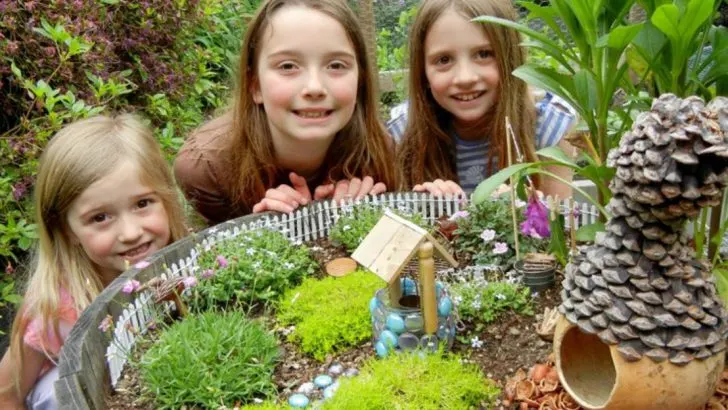Get kids excited about gardening with these 11 fun and educational ideas! From hands-on planting activities to creative DIY projects, these ideas will spark curiosity, encourage outdoor exploration, and teach valuable lessons about nature. Perfect for young gardeners of all ages!
Miniature Fairy Gardens
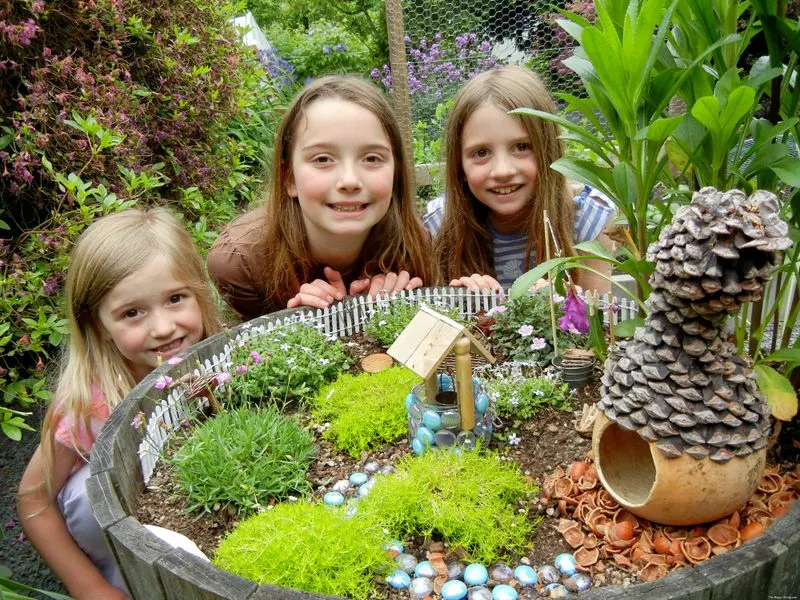
Imagine a world where magical creatures live amidst vibrant green landscapes. Creating a miniature fairy garden is an exciting way for kids to design their own enchanted space. They can use small containers, add tiny plants, and decorate with whimsical figurines. This activity encourages creativity as children decide the layout and storyline of their garden. It’s a delightful mix of storytelling and gardening that fosters imagination. Watching plants grow in their tiny fantasy world teaches patience and care for living things. Kids can proudly show off their fairy gardens to friends and family, sharing the magic they’ve created.
Vegetable Planting Challenge
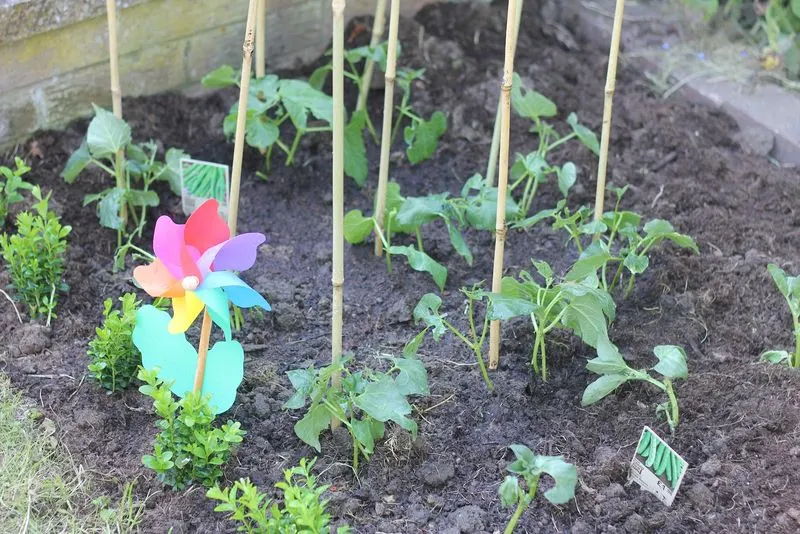
Growing vegetables provides an engaging way for children to understand where food comes from. By challenging kids to plant and care for a variety of vegetables, they learn responsibility and teamwork. Whether it’s juicy tomatoes, crunchy carrots, or leafy greens, each plant offers a unique learning experience. Kids can track growth, compare results, and even taste their harvest. This challenge motivates them to experiment with different growing techniques and conditions. It’s a hands-on approach that combines science and nutrition education, encouraging healthy eating habits. The joy of harvesting their own produce is both rewarding and educational.
Sunflower Maze
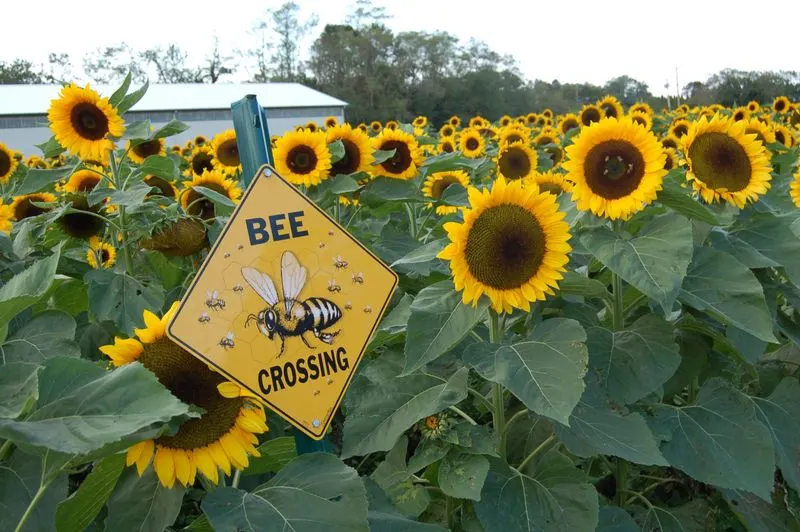
Building a sunflower maze provides an adventurous and educational activity. As sunflowers grow tall, they create natural pathways for kids to explore. This hands-on project can help teach map-making and navigation skills. Planning and planting the maze introduces concepts of spacing and growth patterns. As the sunflowers bloom, children witness the lifecycle of plants from seed to towering flowers. The maze serves as a living classroom where kids learn about pollination and the role of insects. It’s an immersive experience that combines physical activity with scientific observation, encouraging a deeper appreciation of nature’s wonders.
Herb Spiral
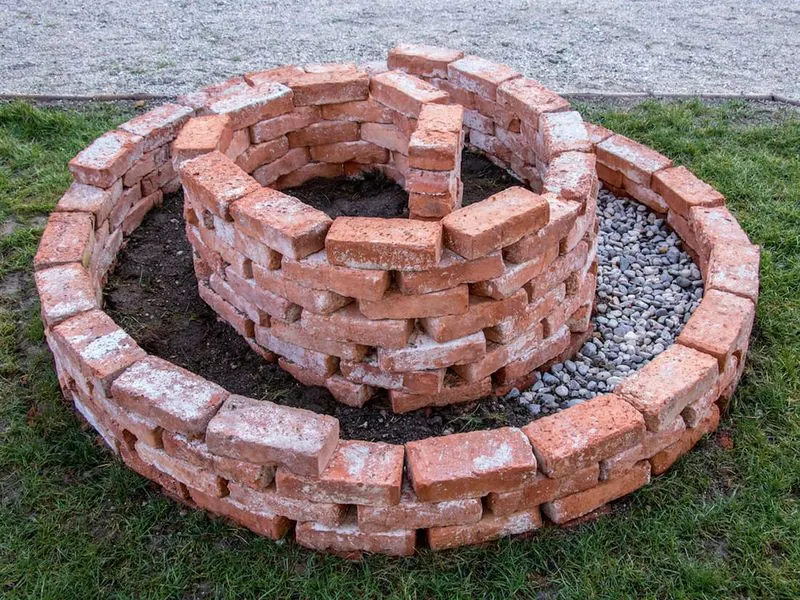
Creating an herb spiral is a simple yet fascinating way to introduce kids to the joys of gardening. Using stones to form a spiral structure, children can plant various herbs like basil, mint, and rosemary. This design maximizes space and creates microclimates for different plants to thrive. Kids learn about the uses of herbs in cooking and medicine, sparking curiosity about natural remedies. The spiral shape adds an artistic element, blending creativity with horticulture. Watching the herbs grow and thrive teaches responsibility and the importance of sustainable gardening practices. It’s an eco-friendly project that delights and educates.
Butterfly Garden
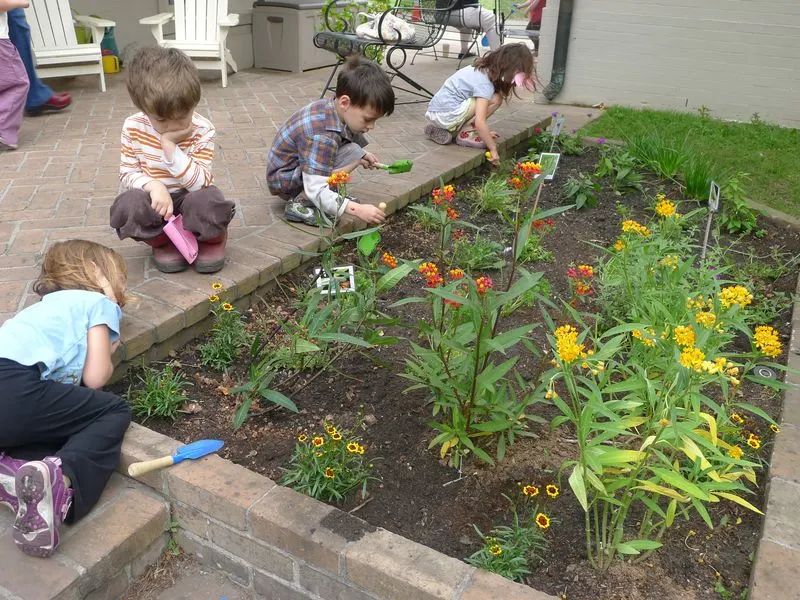
A butterfly garden is a captivating way to teach kids about ecosystems and pollinators. By planting nectar-rich flowers, children can attract and observe a variety of butterflies. This activity encourages an understanding of plant-pollinator relationships and the importance of biodiversity. Kids learn to identify different butterfly species and their preferred plants. The beauty of butterflies and flowers creates a visually appealing project that keeps children engaged. Documenting the different butterflies they see fosters observational skills. It’s a project that combines gardening with wildlife conservation, inspiring a lifelong interest in protecting the environment.
Garden Art Projects
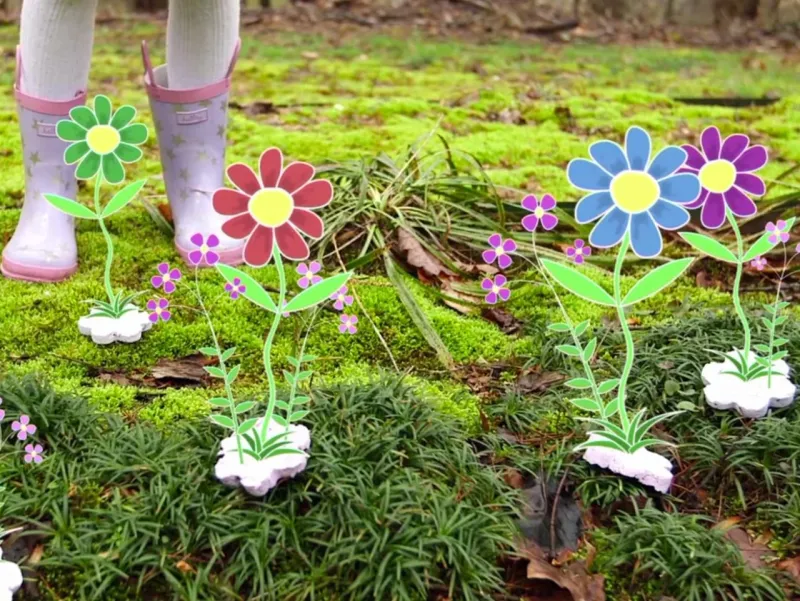
Combining art with gardening offers a creative outlet for children to express themselves. Kids can paint rocks, design plant markers, or decorate pots, adding a personal touch to the garden. These art projects foster creativity and allow children to leave their mark on their surroundings. It’s a perfect activity for those rainy days when outdoor gardening isn’t possible. Children take pride in seeing their artworks displayed amidst the greenery. This blend of art and nature encourages kids to explore color, texture, and design. It’s a fun and engaging way to make gardening more personalized and visually appealing.
Compost Creation
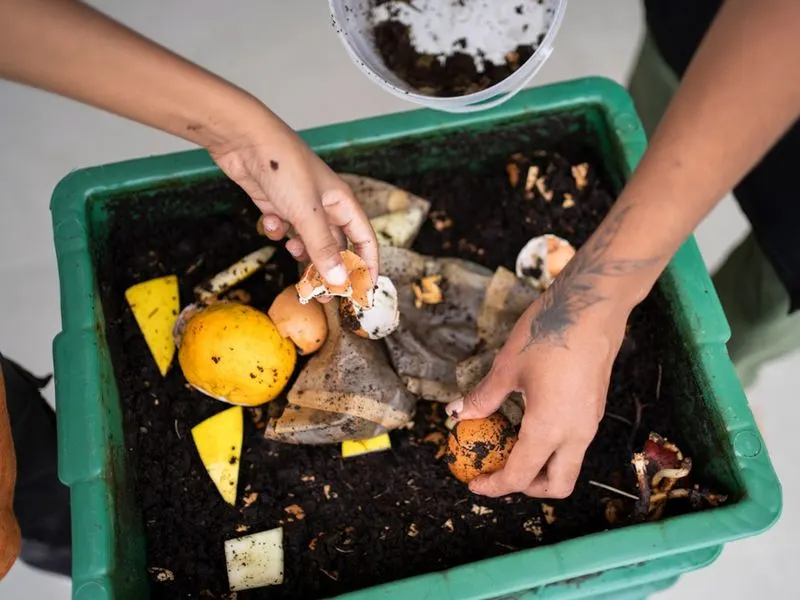
Learning about composting introduces kids to the cycle of life and the benefits of recycling organic matter. By collecting food scraps and garden waste, children can create nutrient-rich compost for their plants. This hands-on project demonstrates the principles of decomposition and the importance of reducing waste. Kids witness the transformation from kitchen scraps to soil enhancer, learning about microorganisms and earthworms. It’s a sustainable practice that teaches responsibility towards the environment. Monitoring and managing a compost bin develops problem-solving skills as kids observe changes over time. It’s a rewarding activity that promotes eco-friendly living.
Rainwater Collection
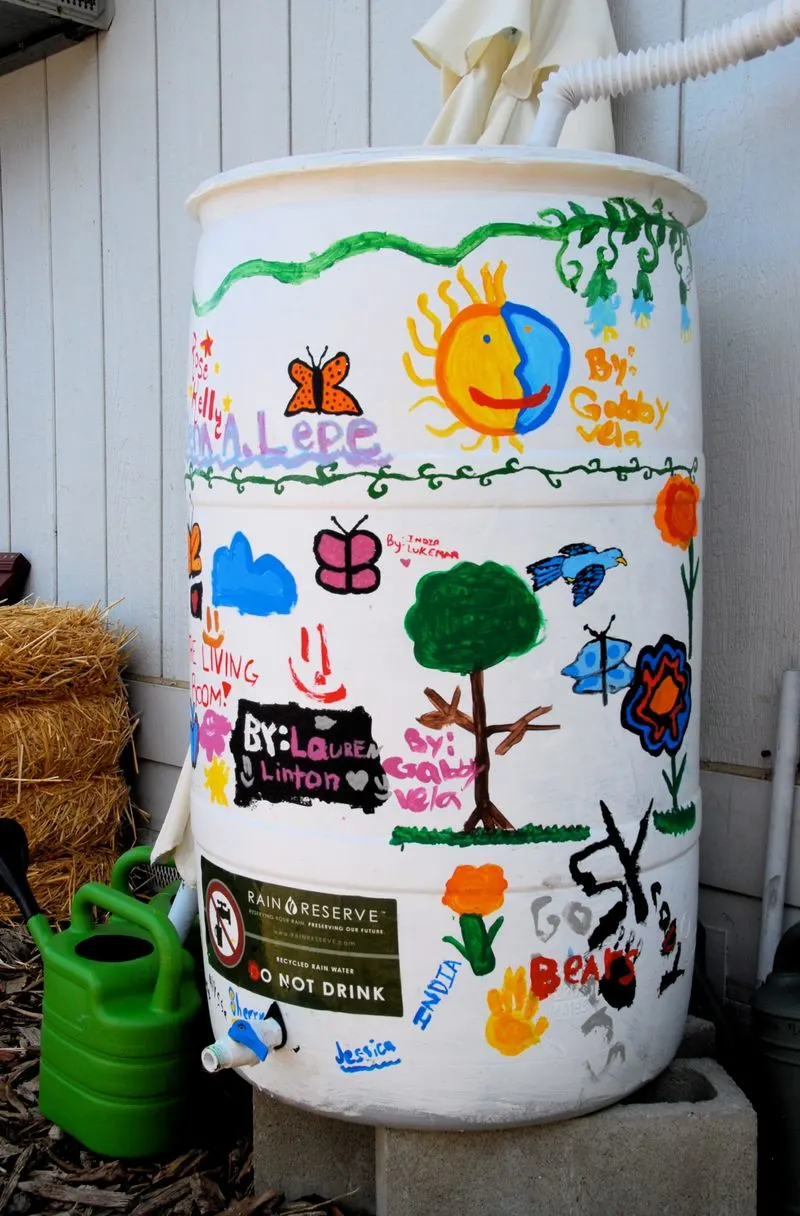
Collecting rainwater provides a practical lesson in water conservation for young gardeners. By setting up a rain barrel, kids learn how to capture and reuse nature’s gift. It’s an eye-opening project that illustrates the value of water and its role in sustaining life. Children gain insight into environmental stewardship, understanding the impact of their actions on the planet. This activity can spark discussions around water cycles and resource management. Decorating the rain barrel adds a creative twist, making conservation both fun and educational. It’s an inspiring way for kids to contribute to sustainable gardening practices.
Seed Bombs
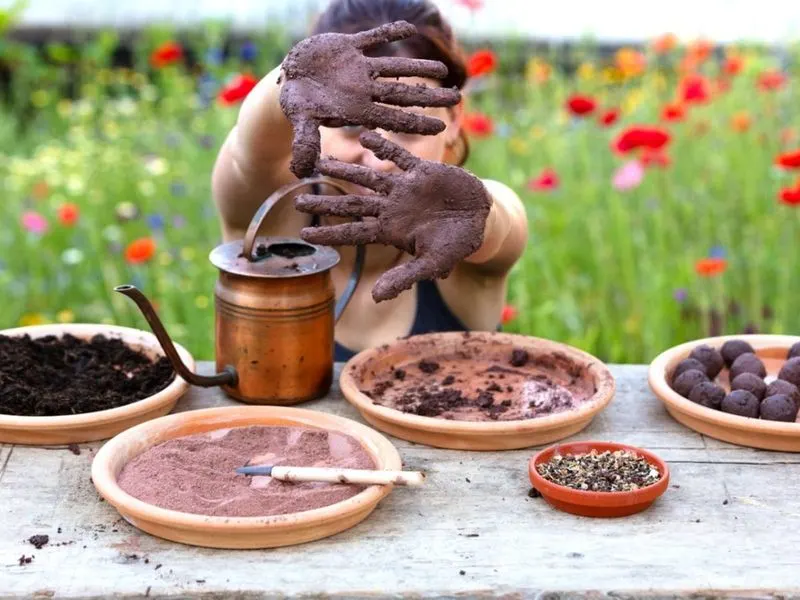
Crafting seed bombs offers a playful approach to gardening that engages children’s senses. By mixing clay, soil, and seeds, kids create compact packages ready to be tossed into the garden. This activity is perfect for introducing the concept of guerrilla gardening and the joy of spontaneous planting. Children learn about seed germination and plant growth, witnessing the magic of nature taking its course. It’s a tactile experience that encourages creativity and experimentation. Seed bombs add bursts of color to any garden, promoting biodiversity and environmental awareness. Kids find satisfaction in seeing their creations come to life in unexpected places.
DIY Bird Feeder
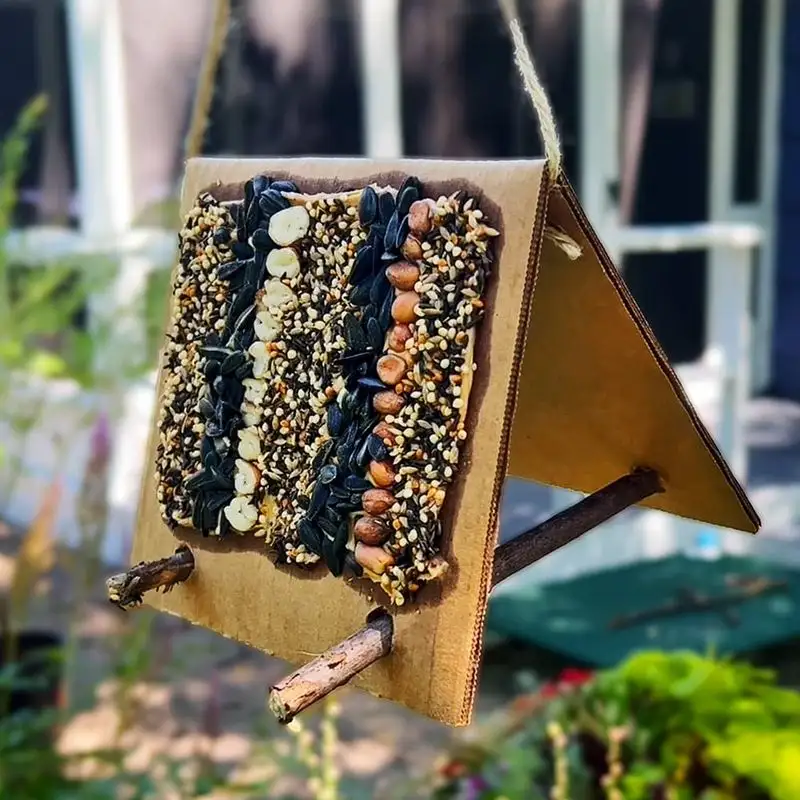
Creating a DIY bird feeder combines crafting with wildlife observation, offering kids a unique way to participate in nature. By using recycled materials, children learn the value of repurposing while attracting feathered friends to their garden. They gain knowledge about different bird species and their dietary preferences. Hanging the feeders provides an ongoing opportunity for observation and learning. Kids delight in watching birds visit, fostering a connection with local wildlife. It’s a fun, educational project that teaches responsibility and empathy towards animals. The experience encourages a love for nature and inspires future conservation efforts.
Pumpkin Patch
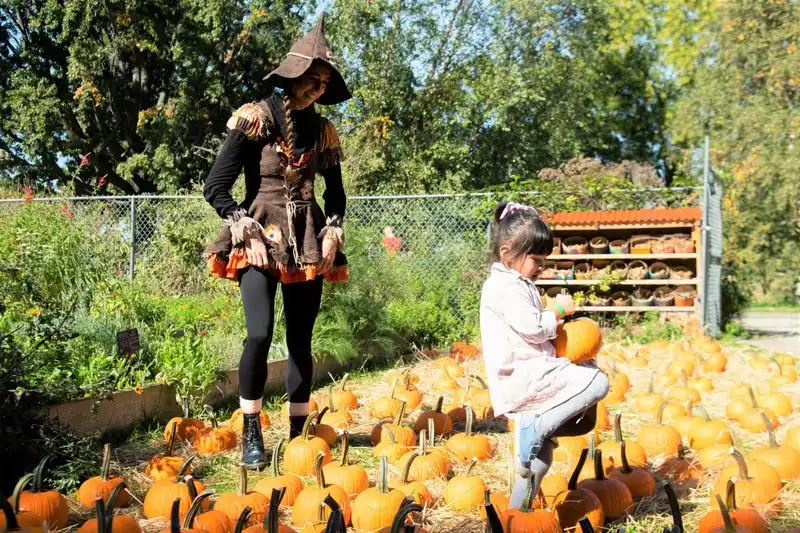
Growing a pumpkin patch provides an exciting way for kids to participate in a seasonal gardening project. From planting seeds to carving jack-o’-lanterns, this activity spans several months, teaching patience and commitment. Children learn about plant life cycles, soil preparation, and the importance of sunlight and water. As the pumpkins grow, they can track progress and plan for harvest festivals or Halloween decorations. This project brings families together, creating lasting memories and traditions. Kids gain a sense of accomplishment as they watch their pumpkins mature, offering a tangible reward for their efforts. It’s an enriching experience that celebrates nature’s bounty.

